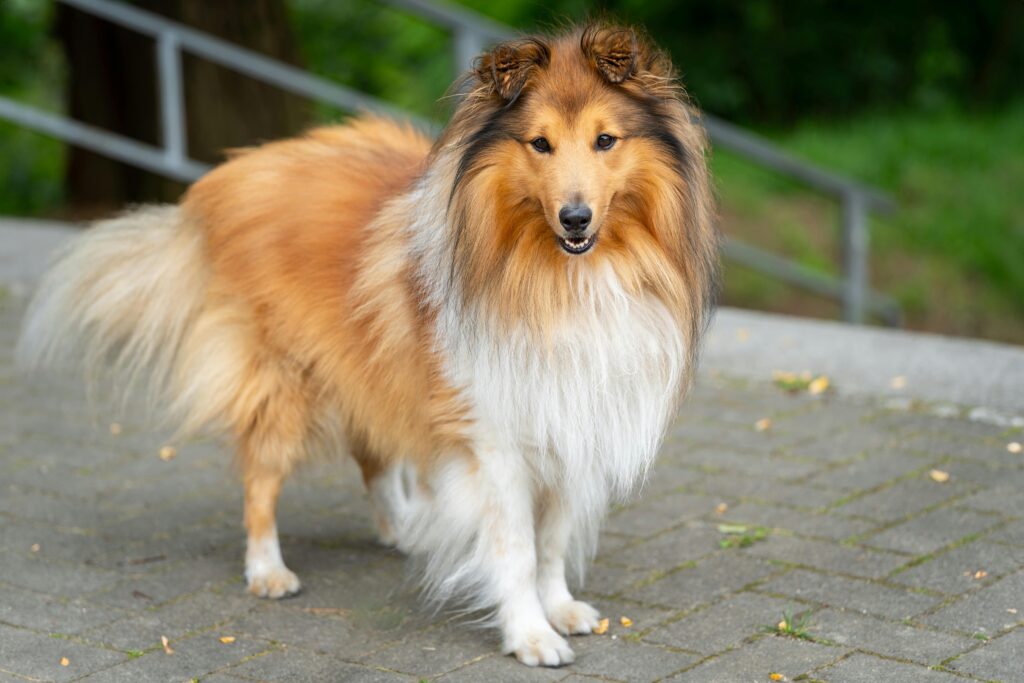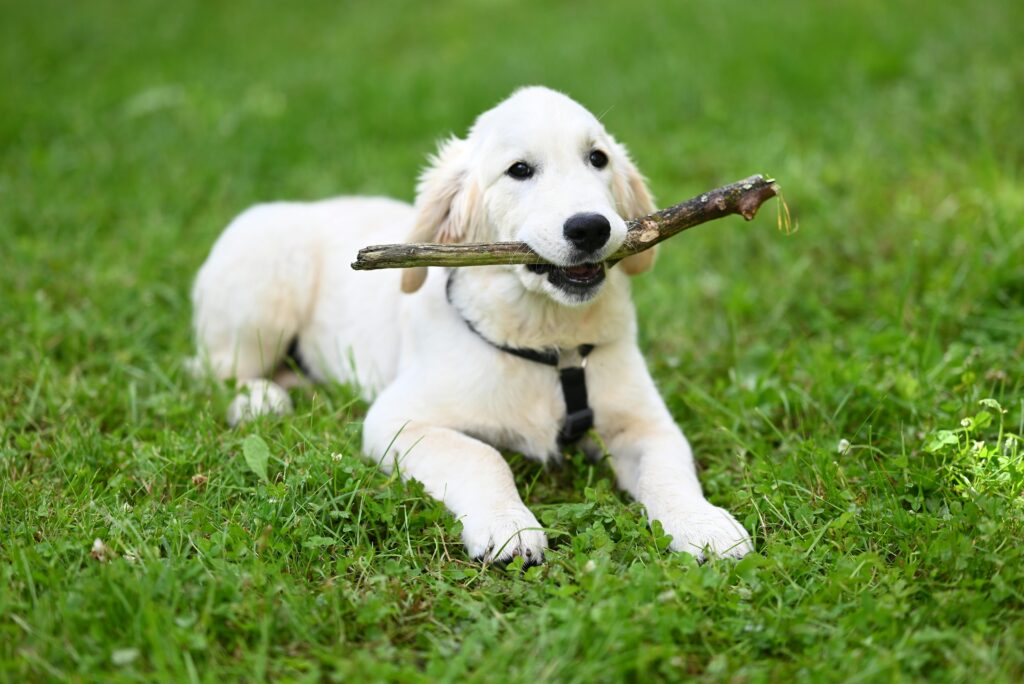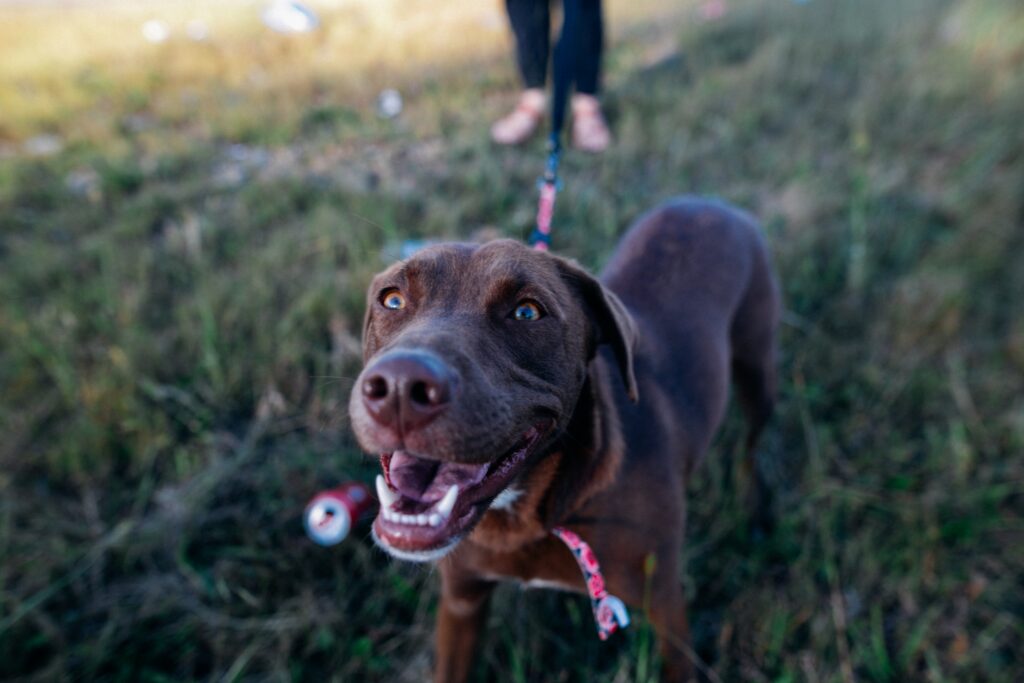From Wild to Well-Behaved: The Power of Dog Obedience Training
Dog obedience training is a powerful tool for building a strong bond with your furry friend. It helps create a well-behaved pet that’s a joy to be around. Training your dog not only teaches them essential commands, but also improves their behaviour and makes them easier to manage in various situations.
Training sessions give your dog mental stimulation and physical exercise. They learn to follow basic commands like sit, stay, and come. This makes daily life smoother and safer for both you and your dog. Plus, it’s a great way to spend quality time together.
Obedience training isn’t just about training dogs or about teaching tricks. It helps your dog understand what you expect from them. This leads to a happier, more relaxed pet that’s easier to care for. Whether you have a new puppy or an older dog, it’s never too late to start training.
Key Takeaways
- Obedience training strengthens the bond between you and your dog while teaching essential skills
- Consistent training sessions improve your dog’s behaviour and make them easier to manage
- Positive reinforcement techniques help create a well-behaved, happy family pet
Understanding Dog Behaviour
Getting to know the behavioural style of your dog is key to successful training. It helps you spot issues early and build a strong bond with your pet. Let’s explore some important aspects of canine behaviour and how to manage it effectively.
The Role of Consistency and Patience
Consistent training is crucial for shaping behaviour. Set clear rules and stick to them. Use the same commands and rewards each time. This helps your dog understand what you expect.
Be patient with your furry friend, it takes time to learn! Some pick up commands quicker, while others need more time. It’s also essential to be positive. Celebrate the small wins, and not get frustrated even if the progress seems slow.
Identifying and Managing Behavioural Issues
Watch your dog’s body language closely. It can tell you a lot about their mood and needs. Look for signs of stress or anxiety, like:
- Excessive barking or whining
- Tucked tail
- Flattened ears
- Avoiding eye contact
If you notice these signs, try to find out what’s causing them. Is it a new environment? Loud noises? Other dogs? Once you know the trigger, you can work on addressing it.
For more serious issues like aggression or severe separation anxiety, don’t hesitate to seek help from a professional dog trainer or behaviourist.
Desensitisation and Socialisation Techniques
Helping your dog feel comfortable in different situations is vital. Start socialising your puppy early. Expose them to various people, animals, and environments in a positive way.
For older dogs or those with specific fears, try desensitisation:
- Identify the trigger (e.g., loud noises)
- Expose your dog to a very mild version of it
- Reward calm behaviour
- Gradually increase exposure over time
Mental stimulation is just as important as physical exercise. Puzzle toys, training games, and new experiences can help keep your dog’s mind active and reduce problem behaviours.
Fundamentals of Obedience Training
Dog obedience training builds a strong bond between you and your pet. It teaches essential skills that make your dog a well-behaved member of the family.
Establishing Training Goals and Rewards
Set clear goals for your dog’s training. Focus on basic commands like sit, stay, come, and down. These form the foundation for more advanced skills.
Choose rewards your dog loves. Treats, praise, and toys work well. Use them to reinforce good behaviour. Positive reinforcement training helps your dog learn faster.
Start your training session in a quiet place. Gradually move to more distracting environments. Keep sessions short, about 5-10 minutes. Practice often throughout the day.
Consistency is key. Use the same words and gestures each time. Get everyone in the family on board with the training plan.
Effective Communication through Cues and Gestures
Clear communication helps your dog understand what you want. Use short, simple cues like “sit” or “stay”. Pair them with hand signals for better results.
Speak in a firm, friendly tone. Your dog picks up on your mood. Stay calm and patient, even if progress is slow.
Watch your dog’s body language. If they seem anxious or confused, take a break. Make training fun and rewarding.
Use a clicker or marker word to pinpoint good behaviour. This helps your dog know exactly what they did right.
Practice in different places and situations. This helps your dog generalise their skills. Remember, every interaction is a chance to reinforce and train their good habits.
Tools and Techniques for Effective Training
Dog obedience training relies on using the right equipment and methods. The tools you choose and training techniques you apply can make a big difference in how quickly and effectively your dog learns.
Choosing the Right Equipment
Training equipment plays a key role in successful obedience training. Start with a sturdy leash and collar or harness that fits your dog properly. For puppies or dogs that pull, a front-clip harness can help discourage tugging.
Crates are useful for housetraining and providing a safe space. Choose one that’s just big enough for your dog to stand up, turn around, and lie down comfortably.
Training treats should be small, soft, and highly appealing to your dog. Use a mix of low and high-value rewards. Toys like tugs and fetch toys can also motivate your dog during training sessions.
For resource guarding issues, consult a professional trainer before using any specialised tools.
Innovative Training Methods
Positive reinforcement is a key technique in modern dog training. Reward good behaviour with treats, praise, or play to encourage your dog to repeat it. Clicker training can help mark the exact moment your dog performs the desired action.
Use environmental rewards like access to favourite toys or outdoor areas. This teaches your dog that cooperation leads to enjoyable outcomes.
For more challenging behaviours, consider puzzle toys or scent work to provide mental stimulation. These activities can tire out energetic dogs and reinforce obedience skills.
Remember, consistency is crucial. Use the same cues and rewards across all family members to avoid confusing your dog.
Creating a Well-Trained Family Pet
Dog obedience training helps you build a strong bond with your pet and ensures they behave well in various situations. It’s key for responsible pet ownership and creating a harmonious home environment. Nobody likes untrained dogs!
Advancing from Basic to Complex Commands
Start with simple commands like sit, stay, and come. As your dog masters these, move on to more complex tasks. Use positive reinforcement techniques such as treats and praise to encourage good behaviour.
Practice in short, frequent sessions to keep your dog engaged. Gradually increase the difficulty of commands and the distractions around your pet. This helps them learn to focus on you even in busy environments.
For puppies, begin training early to set a strong foundation. Adult dogs can also learn new tricks with patience and consistency. If you’re struggling, consider working with a professional dog trainer, to develop effective strategies.
Maintaining Obedience in Various Situations
Consistency is crucial when training your dog to obey in different settings. Practice commands in your home, backyard, and public spaces. This helps your pet understand that rules apply everywhere, not just at home.
Teach your dog to come when called, even in distracting environments. This skill can keep them safe in potentially dangerous situations. Work on leash manners to ensure pleasant walks and outings.
Address common issues like separation anxiety through gradual desensitisation. Socialise your dog with other pets and people to improve their adaptability. Remember, training is an ongoing process throughout your dog’s life, helping to strengthen your bond and create a well-behaved family pet.
How Allbreeds Can Aid Your Dog Obedience Journey
Allbreeds offers expert guidance and proven methods to help you train your dog effectively. Their experienced dog trainers can help most dog owners build a stronger bond with their pet while addressing various behavioural issues.
Reach Out to Allbreeds Today
Allbreeds’ dog training methods have been refined over two decades, helping countless dogs and owners in Perth. Their approach goes beyond basic obedience classes, focusing on creating meaningful relationships between pets and their humans.
You’ll benefit from personalised attention tailored to your dog’s specific needs. Whether you have a new puppy or an older dog with established habits, Allbreeds can help.
Their trainers use positive reinforcement techniques to encourage good behaviour. This approach helps your dog learn quickly and makes the training process enjoyable for both of you.
Allbreeds offers a range of dog training services, including group classes and one-on-one sessions. You can choose the option that best suits your schedule and your dog’s temperament.
By working with Allbreeds, dog owners gain valuable skills to continue training at home. This consistency is key to long-term success in dog obedience.
Don’t wait to start your dog’s training journey. Contact Allbreeds today to learn how they can help you and your furry friend.




